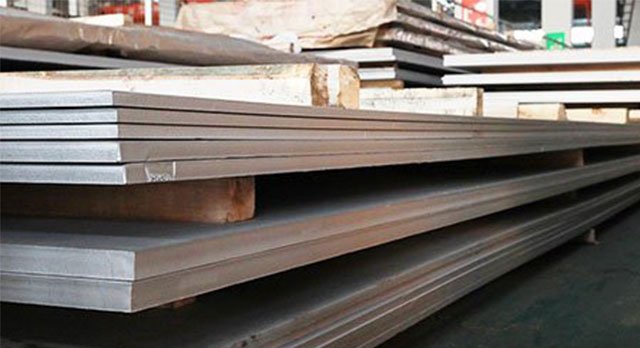
 info@jsktraders.com
info@jsktraders.com


 info@jsktraders.com
info@jsktraders.com

The proactive fiscal policy led China out of the financial crisis, but the problems of imbalanced, uncoordinated, and unsustainable economic development remain prominent. The economic growth rate under the guidelines of maintaining growth, controlling inflation, and adjusting the structure has slowed down significantly. The raw materials in the steel industry remain high, with a shortage of funds, high financing costs, and a flat market, which is an unprecedented new situation.
With the continuous intensification of competition in the steel industry, the integration of mergers and acquisitions and capital operations among large steel production enterprises are becoming increasingly frequent. Excellent domestic steel production enterprises are paying more and more attention to research on the industry market, especially in-depth research on the development environment of enterprises and changes in customer demand trends. For details, please refer to the forward-looking "Analysis Report on the Development Prospects and Investment Strategy Planning of China's Steel Industry". Because of this, a large number of excellent domestic steel brands have rapidly risen and gradually become leaders in the steel industry!
In the past 7 years since the 11th Five Year Plan, the technological achievements in the steel industry are mainly reflected in five aspects:
Firstly, the overall equipment level has significantly improved, resulting in fundamental changes. In 2011, the proportion of iron and steel enterprises with a production capacity of 1000 cubic meters or more accounted for about 65%, and there were 33 blast furnaces with a production capacity of 3000 cubic meters or more; The production capacity of steelmaking converters with a capacity of 100 tons or more accounts for about 63%. Most enterprises have equipped facilities for hot metal pretreatment and secondary steel refining, with a refining ratio of 70%. The steel rolling system has basically achieved full continuous rolling. The large-scale equipment newly built by enterprises such as Baosteel, Ansteel, Wuhan Iron and Steel, Shougang, Ma Steel, Han Steel, Taiyuan Iron and Steel, Xingcheng Special Steel, and Dongte Dalian Base has reached the international leading level, and the process equipment has achieved modernization, high-efficiency, and automated steelmaking production mode.
The second is that the adjustment of variety structure has achieved results, and the product quality has significantly improved. The structure of China's steel products has been further optimized, and the quality of products has been continuously improved. The self-sufficiency rate of most varieties has reached 100%, and the physical quality of some steel products has reached or approached the advanced physical quality level of foreign countries such as the European Union and Japan. The development of key steel varieties urgently needed by the national economy has also made significant progress. The high-performance steel materials produced by the steel industry, such as high-strength steel plates for buildings, high-strength threaded steel bars for earthquake resistant buildings, alloy materials for spacecraft, high-performance pipeline steel, steel for large hydropower stations, high magnetic induction oriented silicon steel, and steel rails for high-speed railways, have strongly supported the development of related fields, ensuring the post disaster reconstruction of Sichuan, large-scale venues, the West East Gas Pipeline, and the Three Gorges Project The smooth implementation of major national projects and key national projects such as the Beijing Shanghai high-speed railway.
The third is outstanding achievements in energy conservation and emission reduction, and significant improvement in environmental quality. Under the guidance of supporting policies and measures such as the "Management Measures for Financial Incentive Funds for Energy Conservation Technology Renovation" issued by the state, steel enterprises have continuously increased investment in the field of energy conservation and environmental protection, promoting the application of a number of practical and effective energy-saving and environmental protection technology measures such as waste heat and pressure utilization, energy control centers, dry dust removal, and wastewater recycling. In 2011, the comprehensive energy consumption per ton of steel in China's steel industry was 601.72 kilograms of standard coal, a decrease of 92.42 kilograms of standard coal and 13.3% compared to 2005.
Related News





